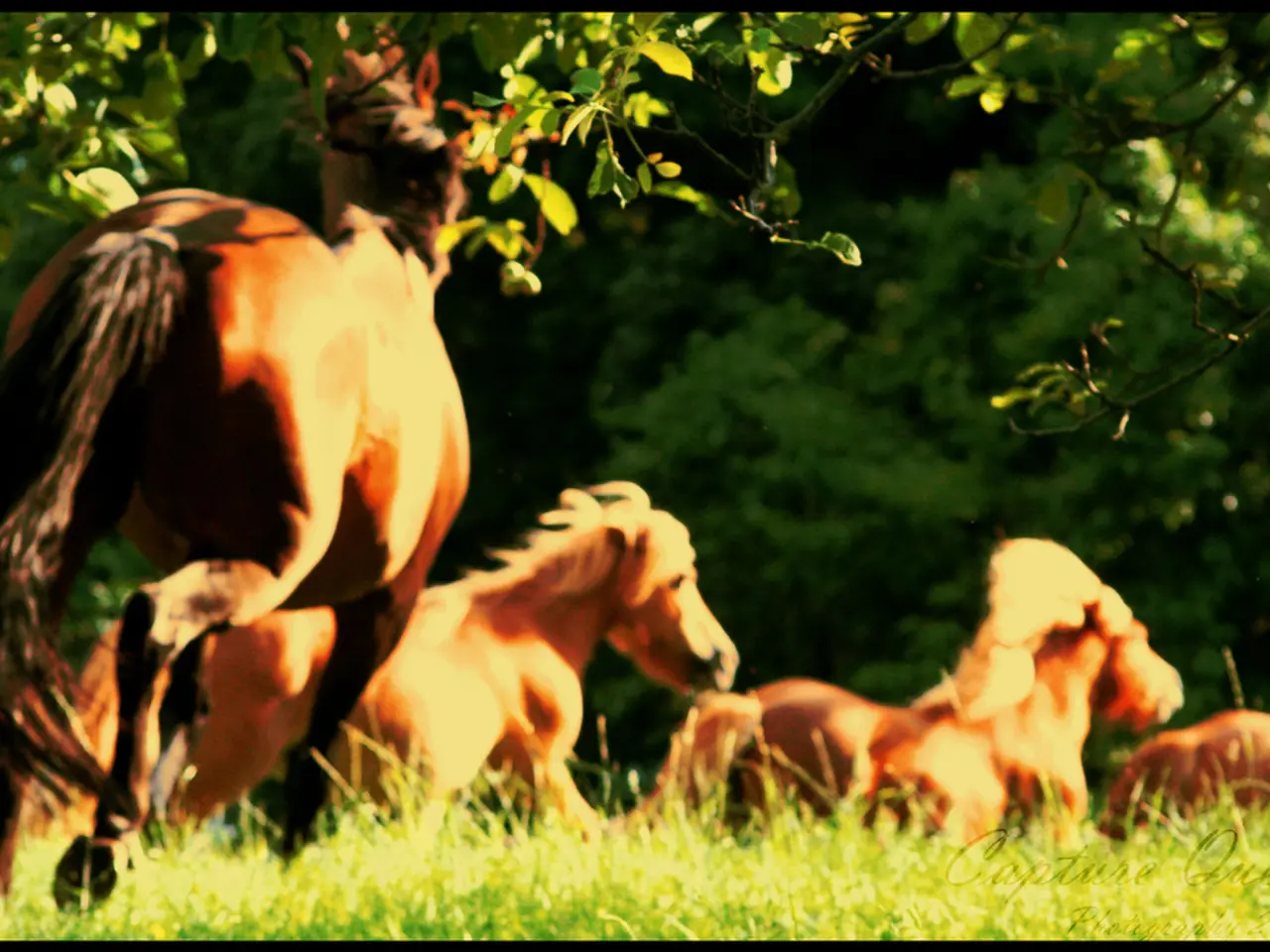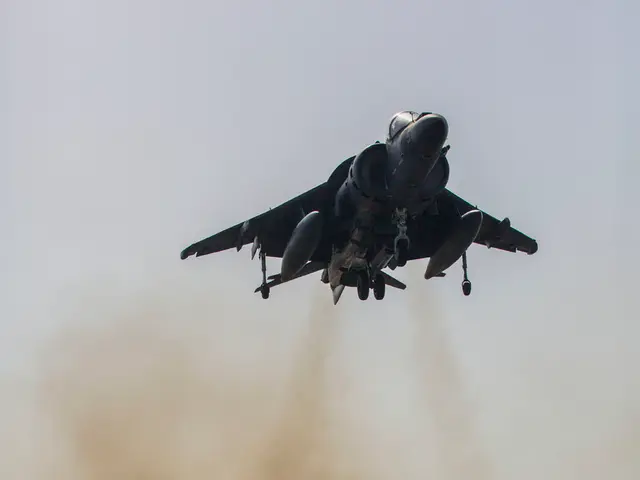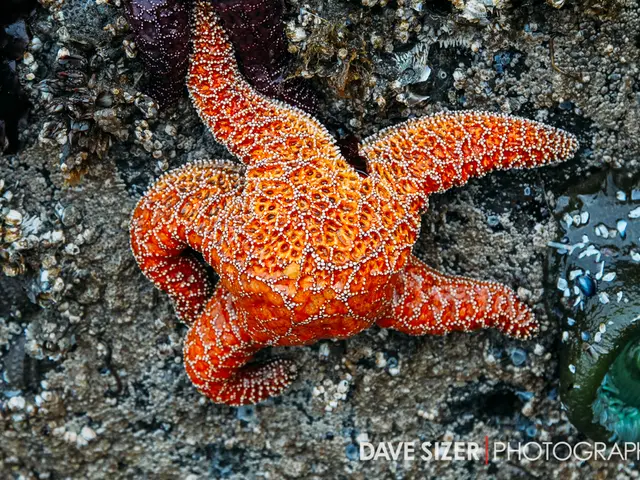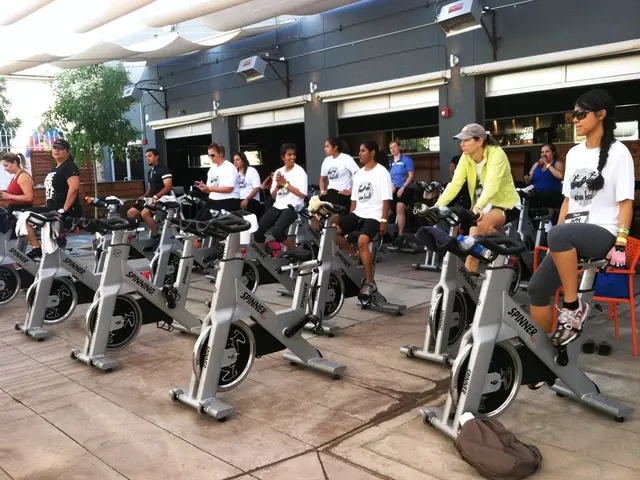Equestrian Athletes' Training Cycle: Preparation, Competition, and Recovery Phases
In the world of equestrian sports, the post-season is a much-needed break for both horse and rider after a busy show season. This period is all about rest, recovery, and rejuvenation.
During the post-season, the volume and intensity of training should be low. Instead, workouts can take a more recreational turn, with activities like walking, swimming, cycling, yoga, or even playing tennis providing a pleasant change of pace. The goal here is not to push boundaries, but to allow both horse and rider to unwind and recuperate.
Contrastingly, during the in-season, workouts maintain a low volume but high intensity. The focus here is on maintaining the strength and endurance gained during the off-season and pre-season, while preventing injury, chronic pain, and excessive fatigue. Effective pre-ride warm-ups, post-ride cool-downs, flexibility, mobility, and nutrition for recovery are crucial during this period.
The post-season also offers an opportunity for rehabilitation of any injuries that might have occurred during the show season. It's a time for mental and physical decompression, preparing both horse and rider for the upcoming challenges.
Interestingly, in Germany, equestrian athletes often train in a variety of disciplines during the off- and pre-season. These include Western riding events such as Reining, Trail, Horsemanship, Pleasure, and Ranch Riding, as well as beginner classes like Walk-Trot and Lead Rein classes. Competitions that offer jackpot classes for amateurs, youth, and beginners often support this training.
In essence, the post-season is a vital part of an equestrian athlete's calendar, providing a much-needed break and setting the stage for a successful return to competition in the new season.




